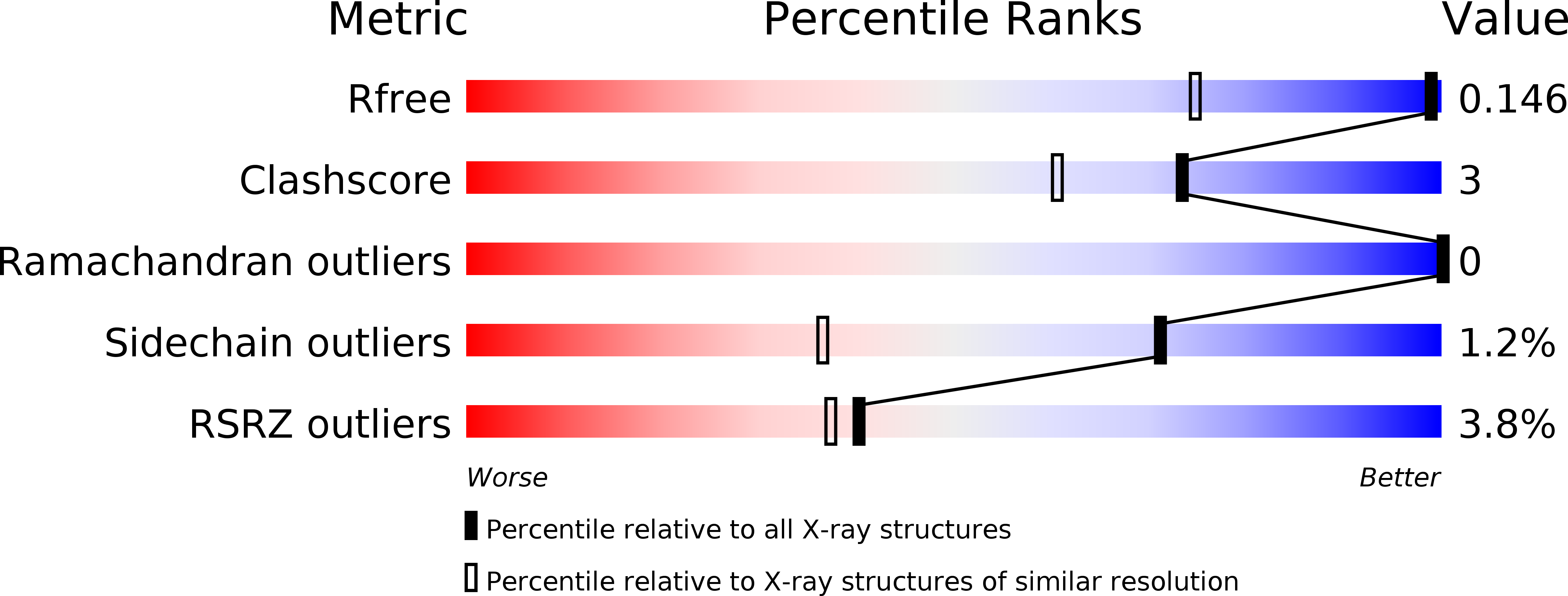
Deposition Date
2013-06-06
Release Date
2013-10-16
Last Version Date
2024-10-09
Entry Detail
PDB ID:
4BS0
Keywords:
Title:
Crystal Structure of Kemp Eliminase HG3.17 E47N,N300D Complexed with Transition State Analog 6-Nitrobenzotriazole
Biological Source:
Source Organism:
THERMOASCUS AURANTIACUS (Taxon ID: 5087)
Host Organism:
Method Details:
Experimental Method:
Resolution:
1.09 Å
R-Value Free:
0.14
R-Value Work:
0.12
R-Value Observed:
0.12
Space Group:
P 21 21 21


